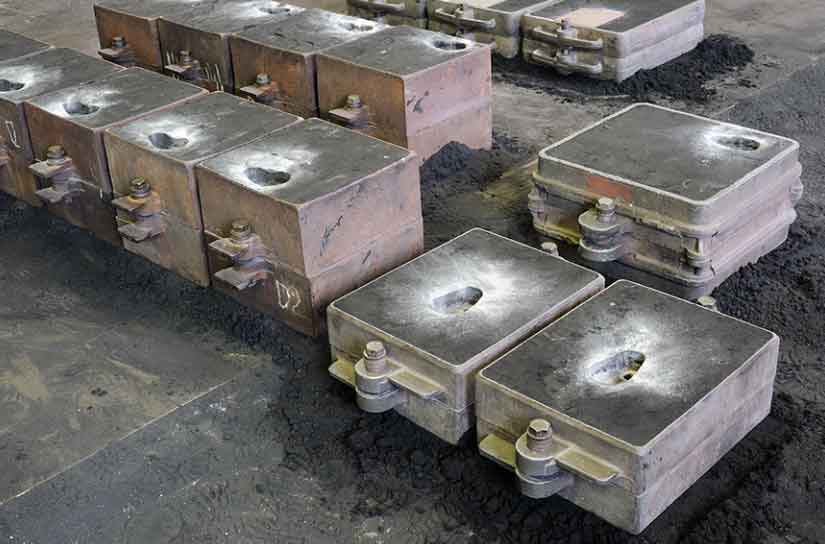Precision and quality are crucial factors in resin sand casting when it comes to achieving complex metal parts. Resin sand casting is a casting process that uses a mixture of resin and sand to create molds for casting metal. It is widely used for producing intricate and detailed metal parts with high dimensional accuracy. To achieve precision and quality in resin sand casting for complex metal parts, several key considerations should be taken into account:

- Mold Design: The mold design plays a critical role in achieving precision and quality. It should account for the part’s complexity and ensure proper gating, venting, and cooling. Careful attention should be paid to the mold’s dimensions, surface finish, and draft angles to ensure accurate reproduction of the part.
- Pattern Making: The pattern used to create the mold should be meticulously crafted to match the desired part’s shape and dimensions. Modern techniques such as computer-aided design (CAD) and computer-aided manufacturing (CAM) can be employed to create highly accurate patterns.
- Sand Preparation: The sand used in resin sand casting must be properly prepared to ensure uniformity and quality. The sand should be properly mixed with the resin binder to achieve the desired strength and consistency. Contaminants in the sand should be minimized, and the sand should be properly conditioned to ensure good mold compaction and surface finish.
- Resin Selection: The choice of resin binder is critical in resin sand casting. Different resins offer varying properties such as strength, collapsibility, and thermal stability. The resin binder should be selected based on the specific requirements of the part being cast to ensure optimal mold strength and dimensional accuracy.
- Molding Process: The molding process should be carefully executed to achieve precision. Proper compaction of the sand and resin mixture ensures good mold density and reduces the risk of defects. The use of vibration or other compaction techniques can be employed to improve mold density and reduce voids.
- Casting Process: The casting process should be controlled to ensure consistent results. Factors such as metal temperature, pouring technique, and solidification time should be monitored and adjusted as needed. Proper gating and risering systems should be designed to ensure uniform filling of the mold and minimize the risk of defects.
- Post-Casting Operations: After casting, post-casting operations such as cleaning, trimming, and heat treatment may be required to achieve the desired part quality. These operations should be performed with care to avoid any damage or dimensional changes to the cast part.
- Inspection and Quality Control: Regular inspection and quality control measures should be implemented throughout the entire casting process. Non-destructive testing techniques such as visual inspection, dimensional measurement, and X-ray or ultrasound testing can be employed to detect any defects or deviations from the desired specifications.
By carefully considering these factors and implementing proper controls, resin sand casting can be a highly effective method for achieving complex metal parts with precision and quality. It is important to work closely with experienced foundries and casting professionals who can provide expertise and guidance throughout the process.
